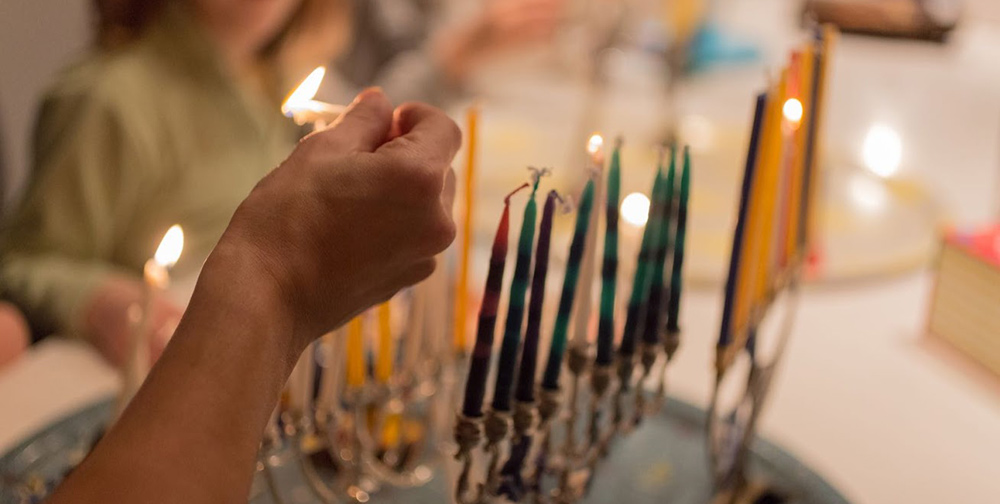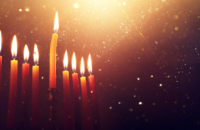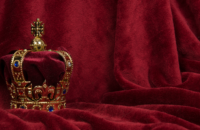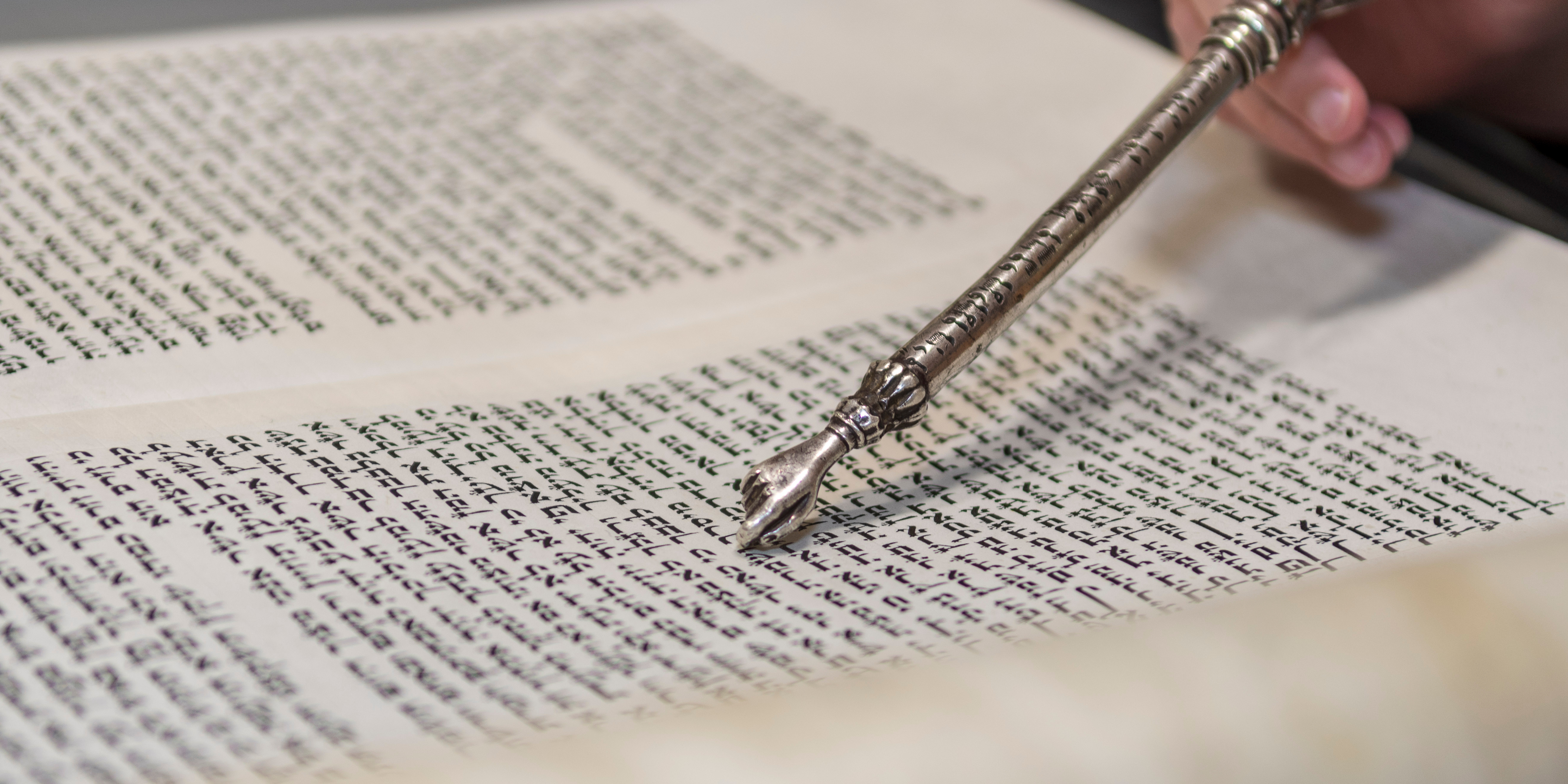Seder Night, Symbolism, and Education

The Pesach seder is perhaps one of the best examples of intergenerational learning Judaism has; it’s one of the few times throughout the year that the whole extended family comes together (overcoming the both the obstacles of geographical distance and zoom fatigue, depending on the year!) It’s an exciting story with all the fun and fantasy of the 10 plagues that children can enjoy, with serious themes of freedom, slavery, and leadership that adults can sink their teeth into. Whilst there is so much of our tradition that it is our duty and joy to share with the youngest members of our community, Pesach is an opportunity to bring Jews of all ages together to learn for one reason in particular: The seder plate.
In my almost 2 years as a Noam movement worker, I’ve taught countless hadracha (leadership) training sessions, cheder lessons, and peulot, and the golden rule of teaching young people is engaging them in the content, rather than just providing a lecture. Using visual cues and dynamic activities is a vital part of meaningful education, that means that young people (with all their different styles of learning) can gain a genuine interest and insight into the subject material. As obvious as this may sound, this begs the question; why do we so often forget this principle as our children become adults?
Whilst educating adults is important to us, and as the UK Jewish community grapples with the question of how to keep young adults engaged during the post-University years, we forget what kept those same people interested and engaged when they were younger. I’m sure there are very few Jewish adults who haven’t felt themselves fidget during a day in Shul on Rosh Hashana, or began to daydream during a shiur. This isn’t a result of the knowledge or ability of our educators, but rather that our idea of ‘traditional Jewish learning’ during the regular routine of the year doesn’t always allow for dynamic story telling or interactive elements that help us learn.
However, Pesach looks different. Seder night, where we tell the stories of the Haggadah, and fill our seder plate with symbols and reminders of our ancestor’s journey out of Egypt, is the ultimate exercise in interactive education. For both adults and children alike, having bitter herbs that we can taste, and matzah we can hold and see, gives us a perspective on the Pesach story like no other. Symbolism gives us something to hold on to, something to inspire new ideas, something to anchor our thoughts to. Is it any wonder that the seder plate has become a way for modern activists to include their perspectives into Judaism, from oranges for LGBTQ+ Solidarity, olives for peace between Israelis and Palestinians, to chili peppers for climate justice (Kveller has a great rundown of all the weird and wonderful items that have made their way onto seder plates around the world)?
While we gear up for another year of not being able to have the seder night we had hoped for, let’s use the lessons of the seder plate to bring us together. Learning together is central to our faith and building communities, which we can do both at the dinner table and over zoom. This year when I eat my Charoset, I won’t only be seeing myself as if I were coming out of Egypt, I will also be seeing myself with my family and friends whilst they’re eating, drinking, and touching the same symbols of our freedom as I am.
Georgie Friend is Mazkira of Noam Masorti Youth.




